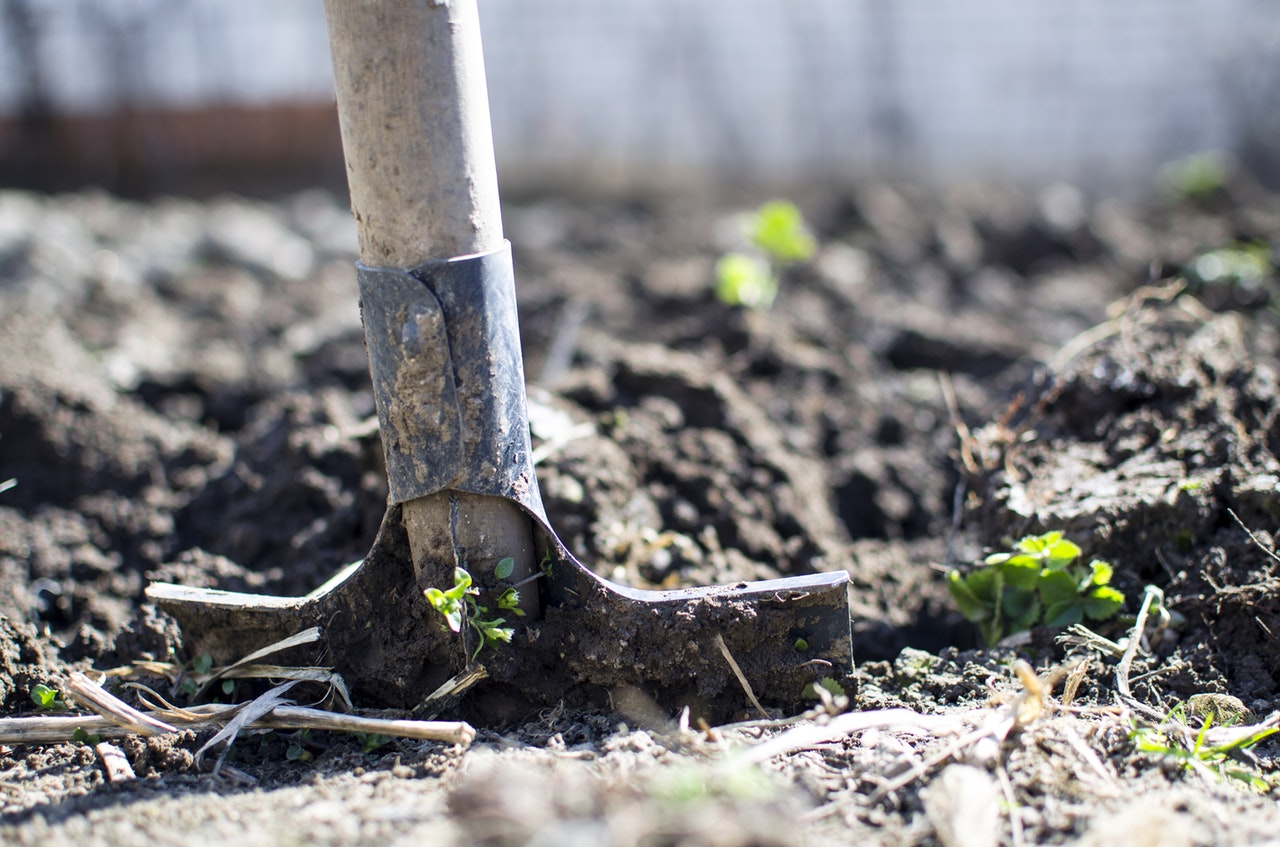We Can Stop the Climate Crisis
It’s time to farm (and eat!) like the world depends on it.
We can stop the climate crisis.
At least, we can start reducing the 23% of global greenhouse gas emissions that the United Nations Intergovernmental Panel on Climate Change recently attributed to agricultural activities.
The answer is regenerative organic agriculture. And the time to implement it is now.
In a report published last week, the UN concluded that humans cannot stave off the effects of climate change without making drastic changes to the ways we grow food and use land.
Conventional, industrial agriculture depends on the use of chemical inputs and fossil-fuel intensive synthetic fertilizers, in addition to heavy machinery and tillage, to grow food. Industrial farming also relies on factory farms for animals. These methods release large amounts of carbon, methane, and other greenhouse gases, into the atmosphere.
In contrast, science proves that regenerative organic systems, which prioritize soil health and good farming practices like cover cropping, crop rotations, and pasturing animals, use 45% less energy and release 40% fewer carbon emissions than conventional agriculture, with no statistical difference in yields.

